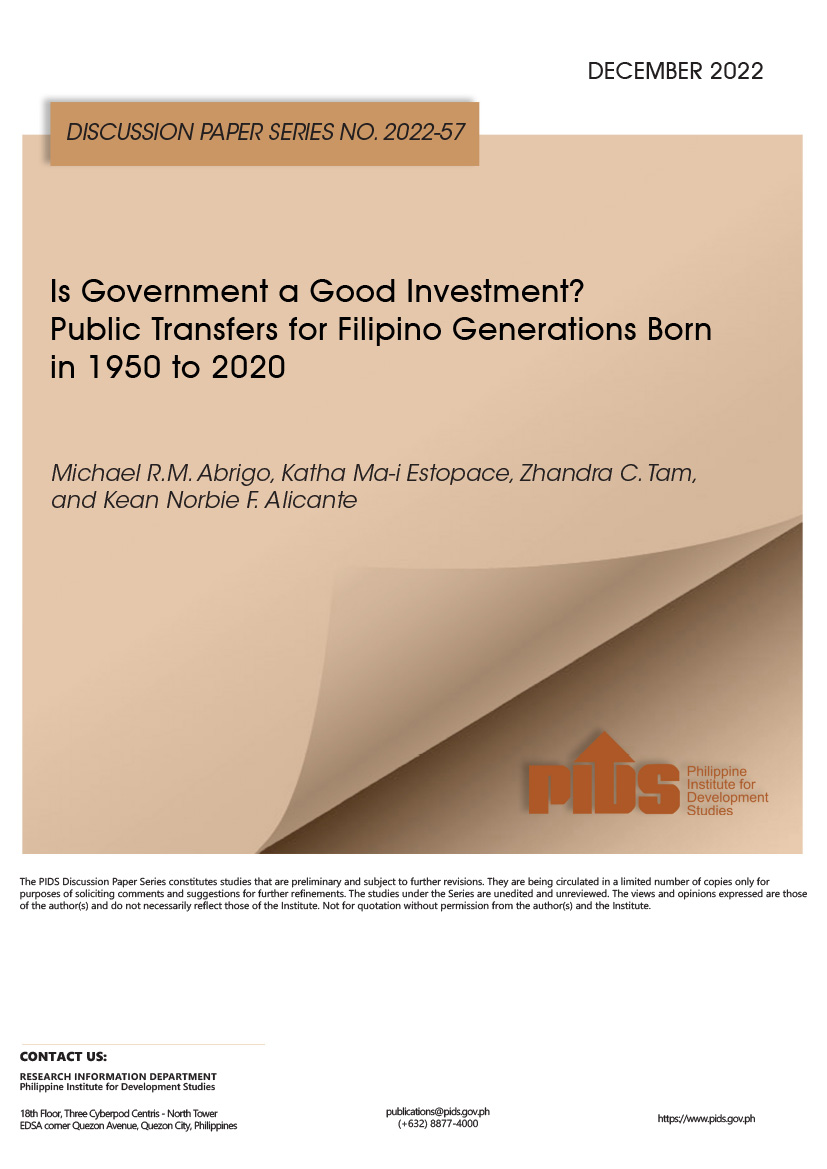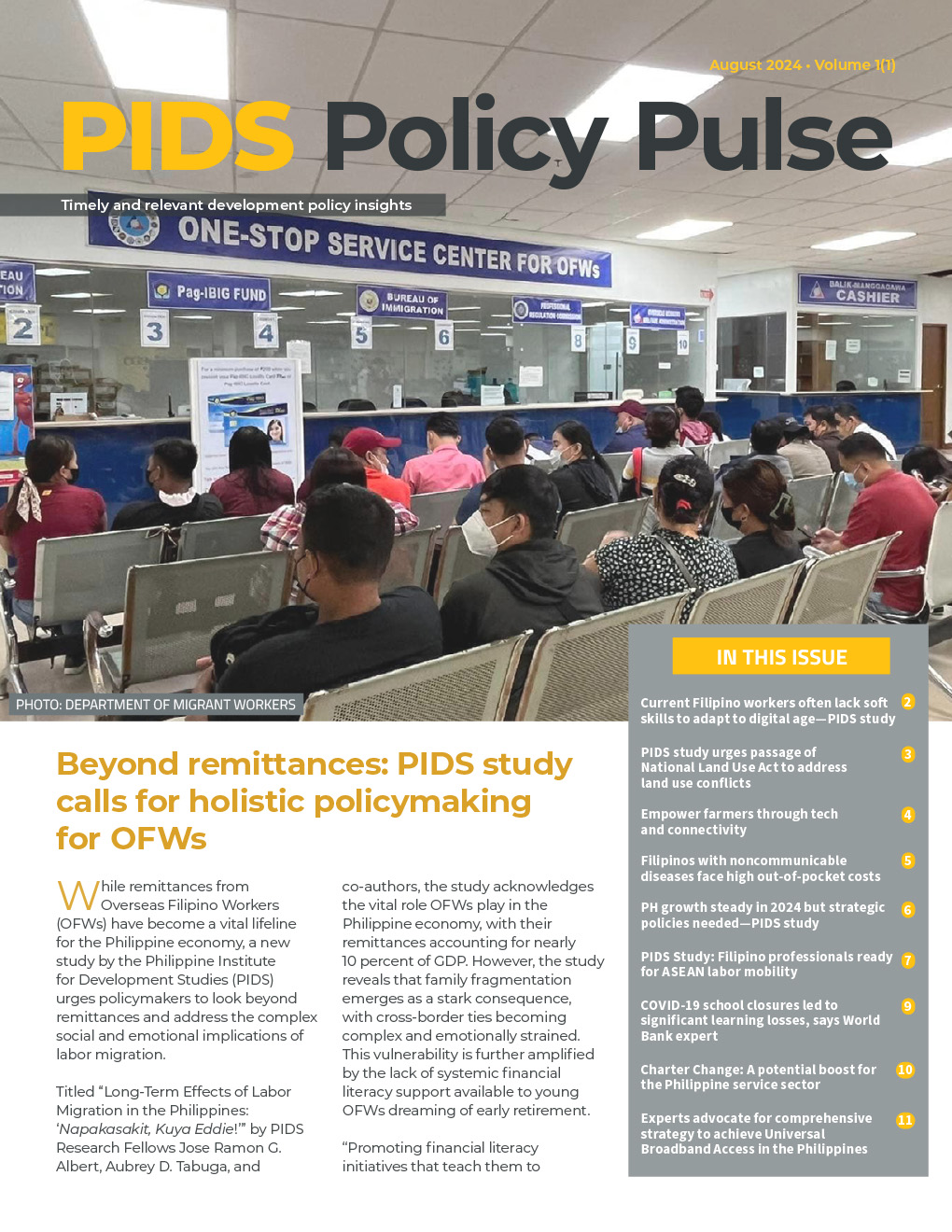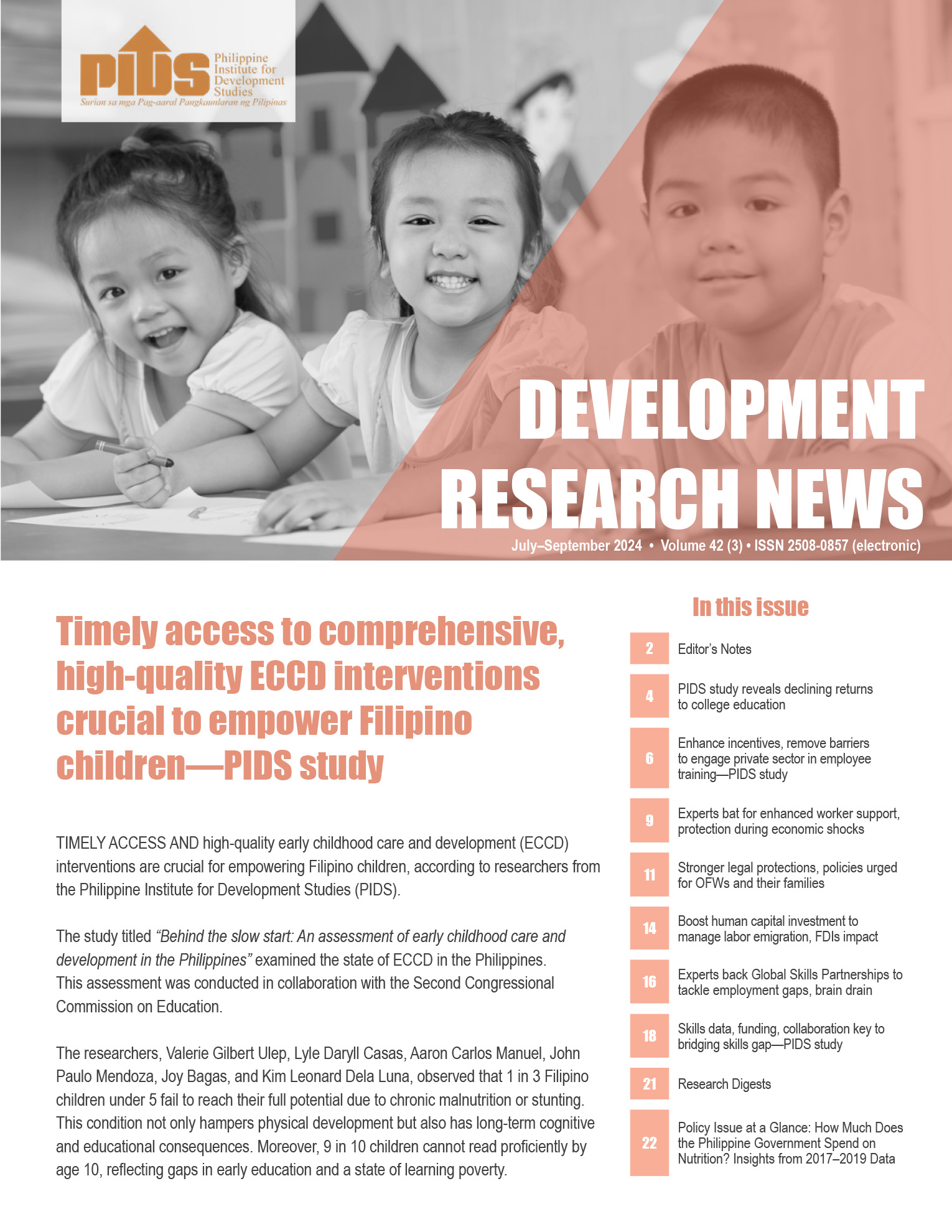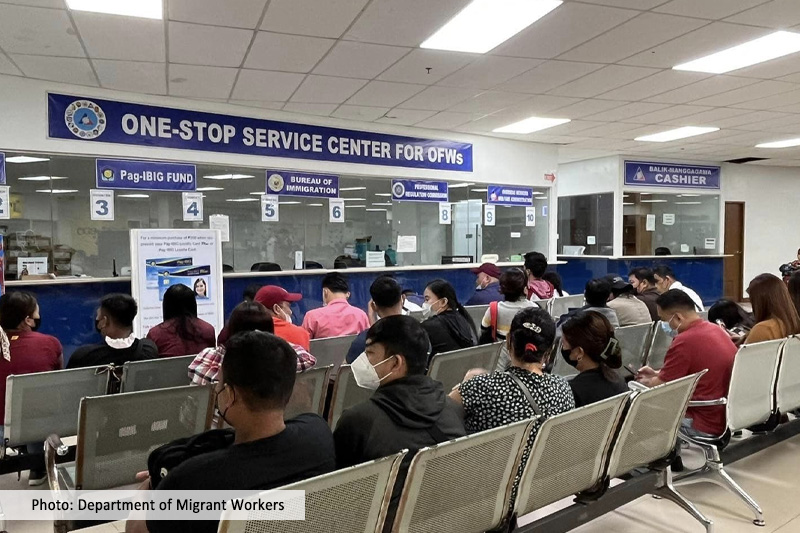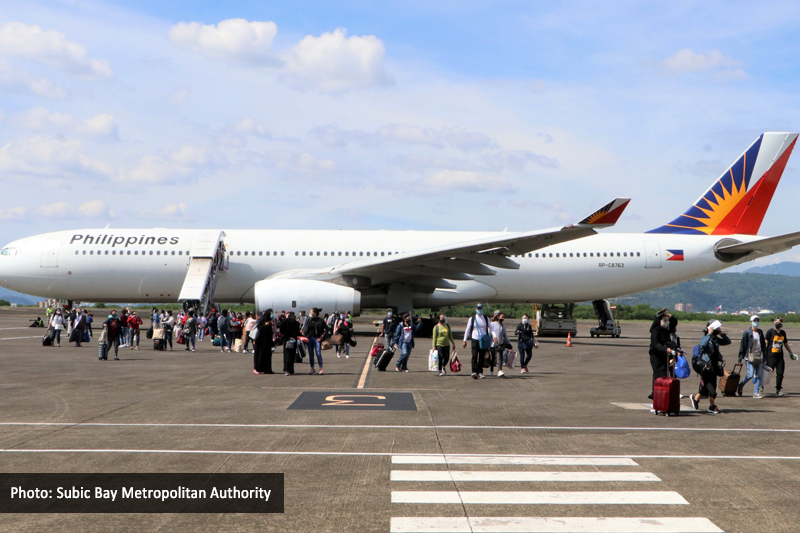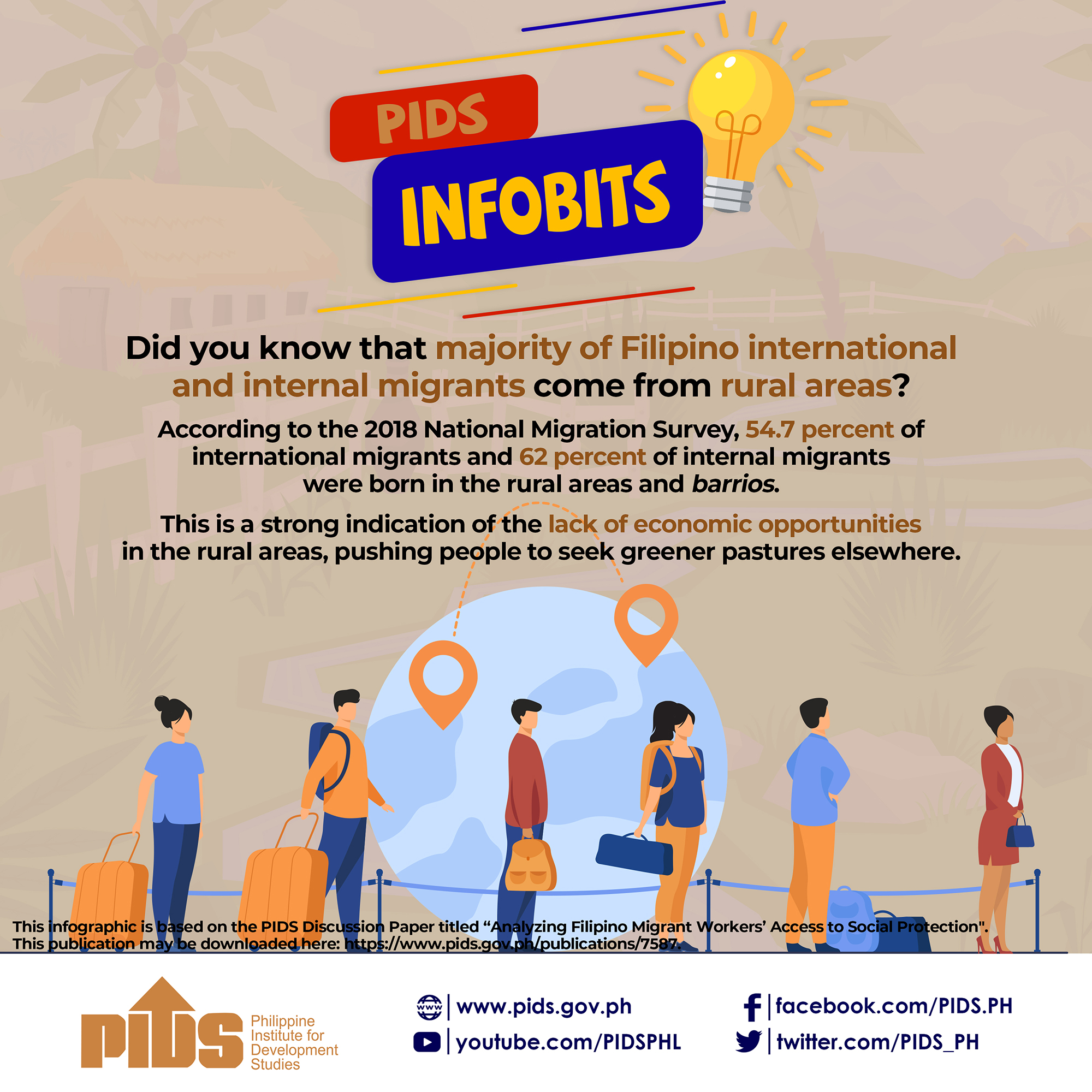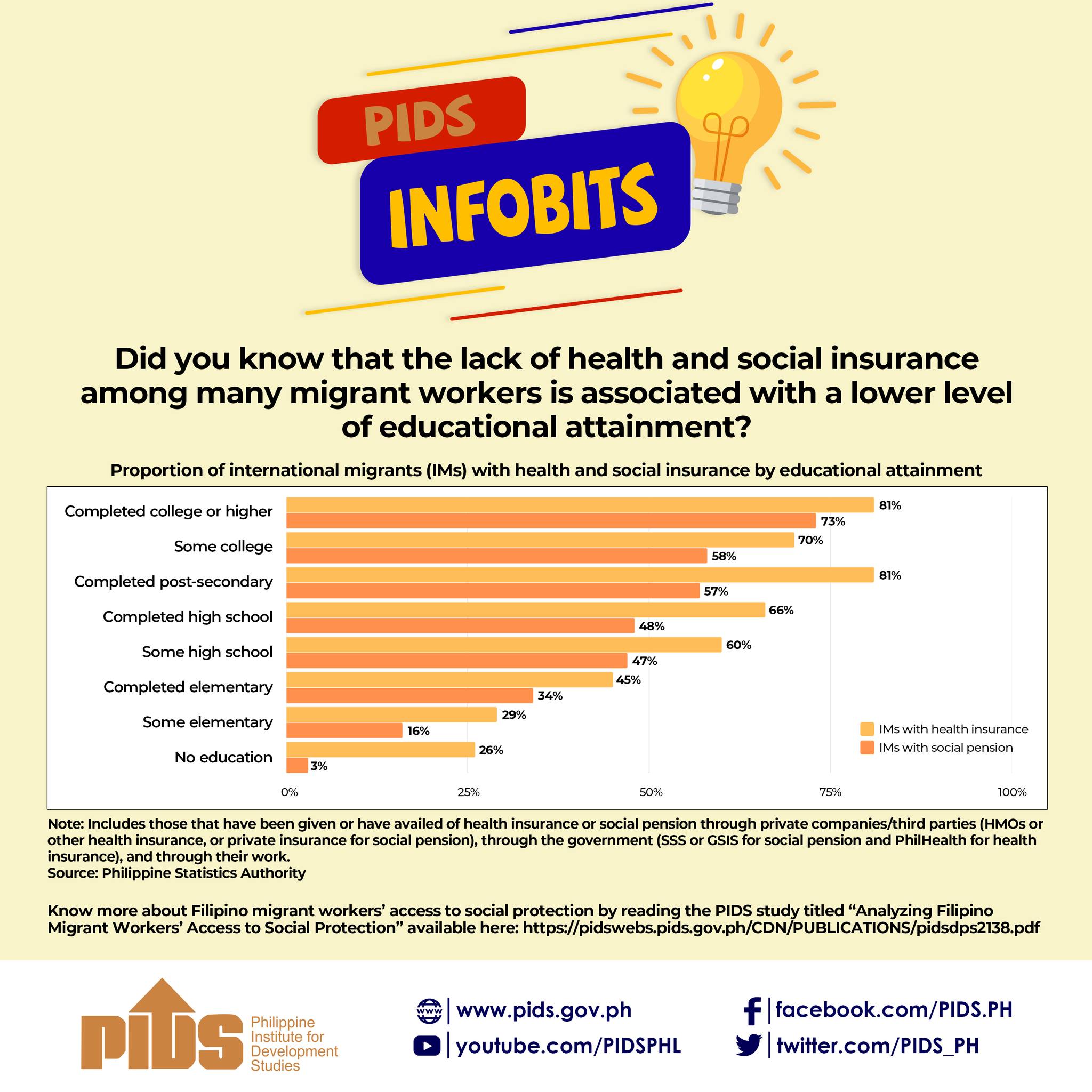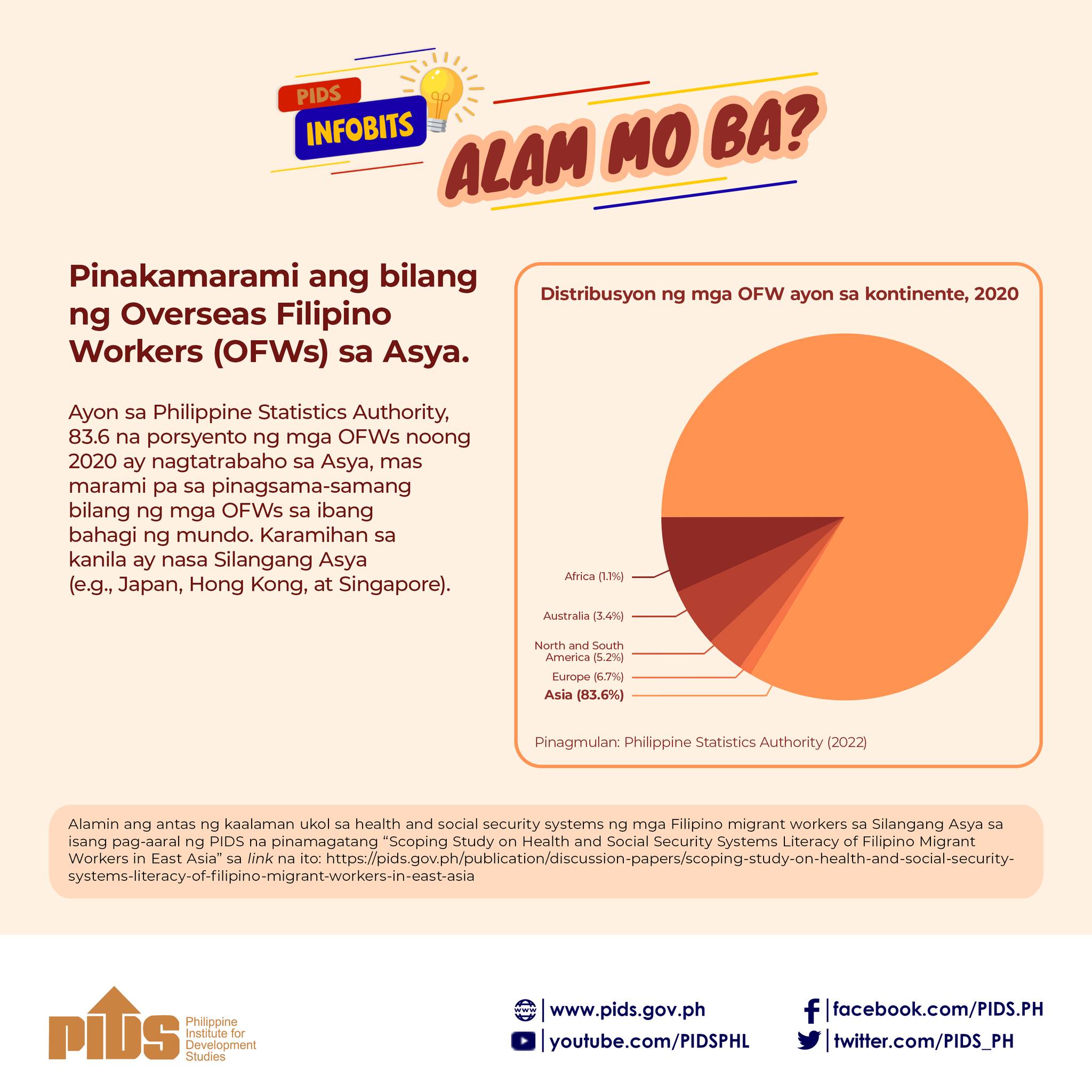Personal remittances by overseas Filipino workers (OFWs) reached $9.40 billion in the first quarter of 2025, a 2.7 percent increase from $9.15 billion a year earlier, the Bangko Sentral ng Pilipinas (BSP) said on Thursday.
In March alone, personal remittances rose 2.6 percent to $3.13 billion from $3.05 billion a year earlier, the BSP said in a statement.
Personal remittances consist of transfers, in cash or in kind, by Filipinos working abroad through banks and informal channels.
On the other hand, the central bank said cash remittances coursed through banks rose 2.7 percent to $8.44 billion in January-March 2025 from $8.22 billion in the same period last year.
Cash transfers amounted to $2.81 billion in March 2025, a 2.6 percent increase from $2.74 billion recorded a year earlier.
Ruben Carlo Asuncion, chief economist from Union Bank of the Philippines, said they expect remittances to grow continually between 2.5 percent and 3 percent despite the global economic challenges.
“We see remittances as resilient and still expect robust
growth moving forward,” he added.
Remittances have been proven to be a vital lifeline for household spending as well as a protective barrier for the country’s external accounts, said John Paolo Rivera, a senior research fellow from the Philippine Institute of Development Studies.
“Despite global uncertainties, remittances continue to show resilience, serving as a critical support for household consumption and a buffer for the country’s external accounts,” he said.
Cash transfers from OFWs were higher because there was a strong demand for Filipino workers in healthcare, engineering, and domestic services abroad, Rivera said.
There were also seasonal factors and school-related expenses, like graduation and the onset of summer vacation and the Holy Week in April that encourage OFWs to transfer more funds, he added.
OFW remittances have been growing consistently around 3 percent in the recent months and years, and are still expected to grow in the months and years ahead, said Michael Ricafort, the chief economist from RCBC.
OFW remittances “account for nearly 10 percent of the country’s economy,” he said.
“It is an important contributor to the country’s consumer spending, which accounts for nearly 75 percent of the Philippine economy,” Ricafort said.
“It is also a source of income, wealth, and spending power for many Filipino families around the country for many years now,” he said.
OFWs and their families have been an important market for many products and services in the economy, including big-ticket items such as homes or condos, vehicles, private school education, and investments, Ricafort added.
The Philippines has been consistent as the world’s fourth largest recipient of OFW remittances in the world after India, Mexico, and China, Ricafort noted.
Personal remittances to the Philippines is a $40-billion a year industry, and the country has been the world’s biggest source of seafarers and nurses for many years, as well as other types of jobs abroad, he said.
In the coming months, Ricafort said protectionist policies by US President Donald Trump, particularly stricter immigration rules, could weigh on OFW remittances, particularly from the US.
Trump’s America-first policies could also slow down global trade, investments, and employment including some OFW jobs, he said.
A global economic slowdown could have an impact on the growth of OFW remittances from around the world, Ricafort added.
The BSP noted the US is the biggest source of remittances to the Philippines.
“By country source, the US accounted for the largest share of total cash remittances in the first quarter, followed by Singapore and Saudi Arabia,” the central bank said.
Growth in cash remittances from these countries was the main driver of the overall increase in remittances in January to March 2025.

